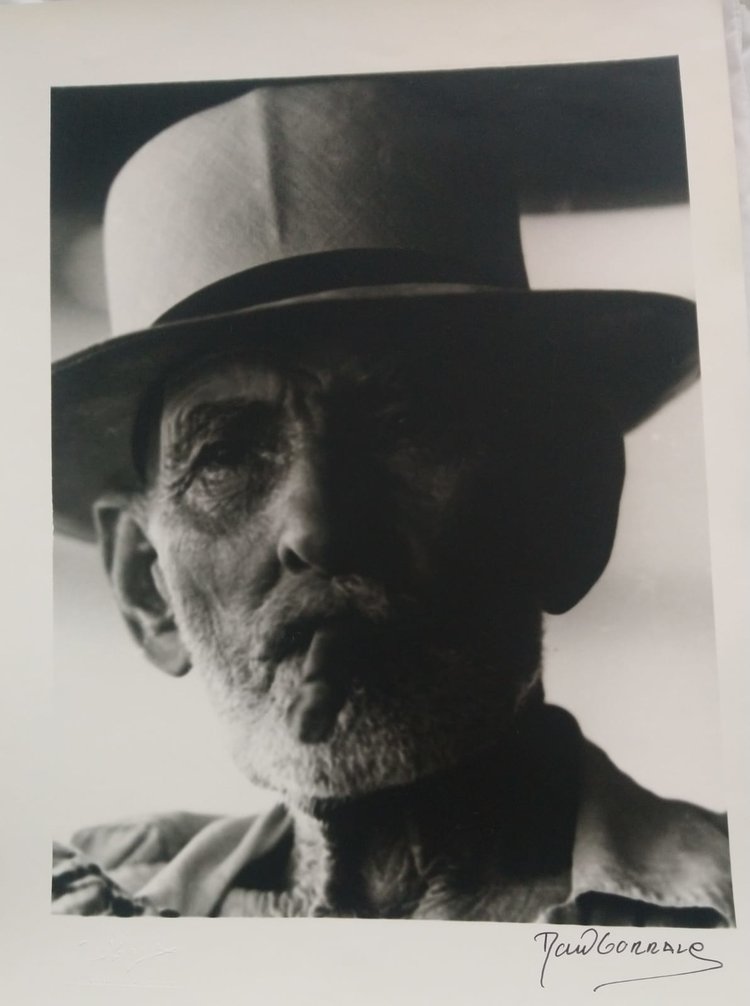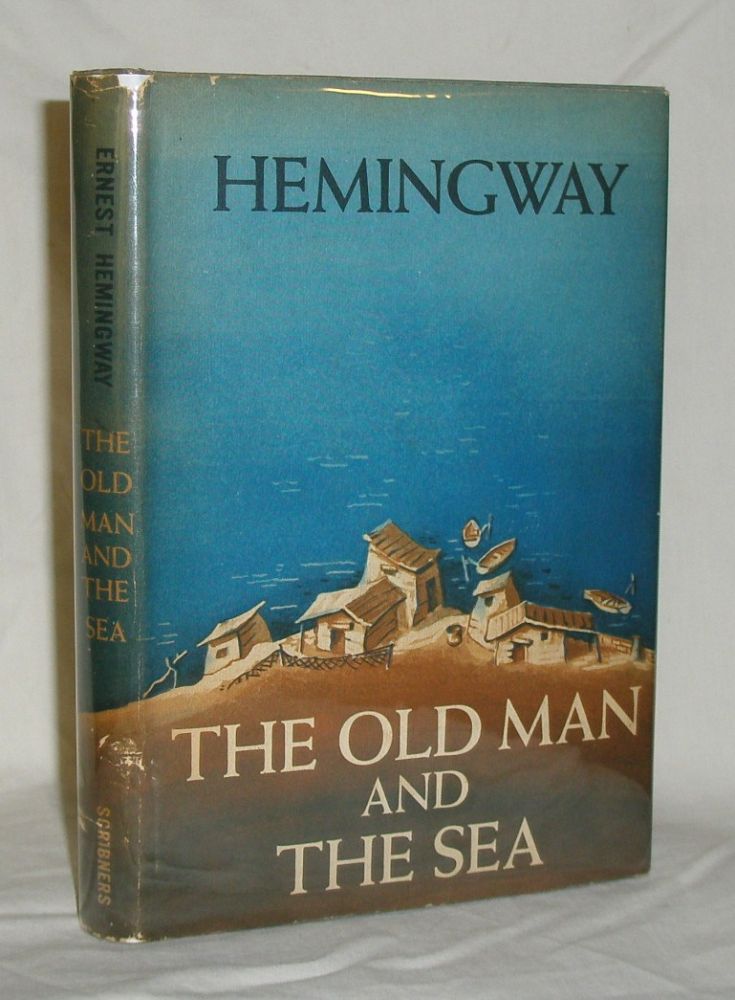Raul Corrales
“These almost metaphysically polarized conditions and the events they incited made Cuba an irresistible magnet for photographers, whose pictures appeared in newspapers and magazines around the globe.”
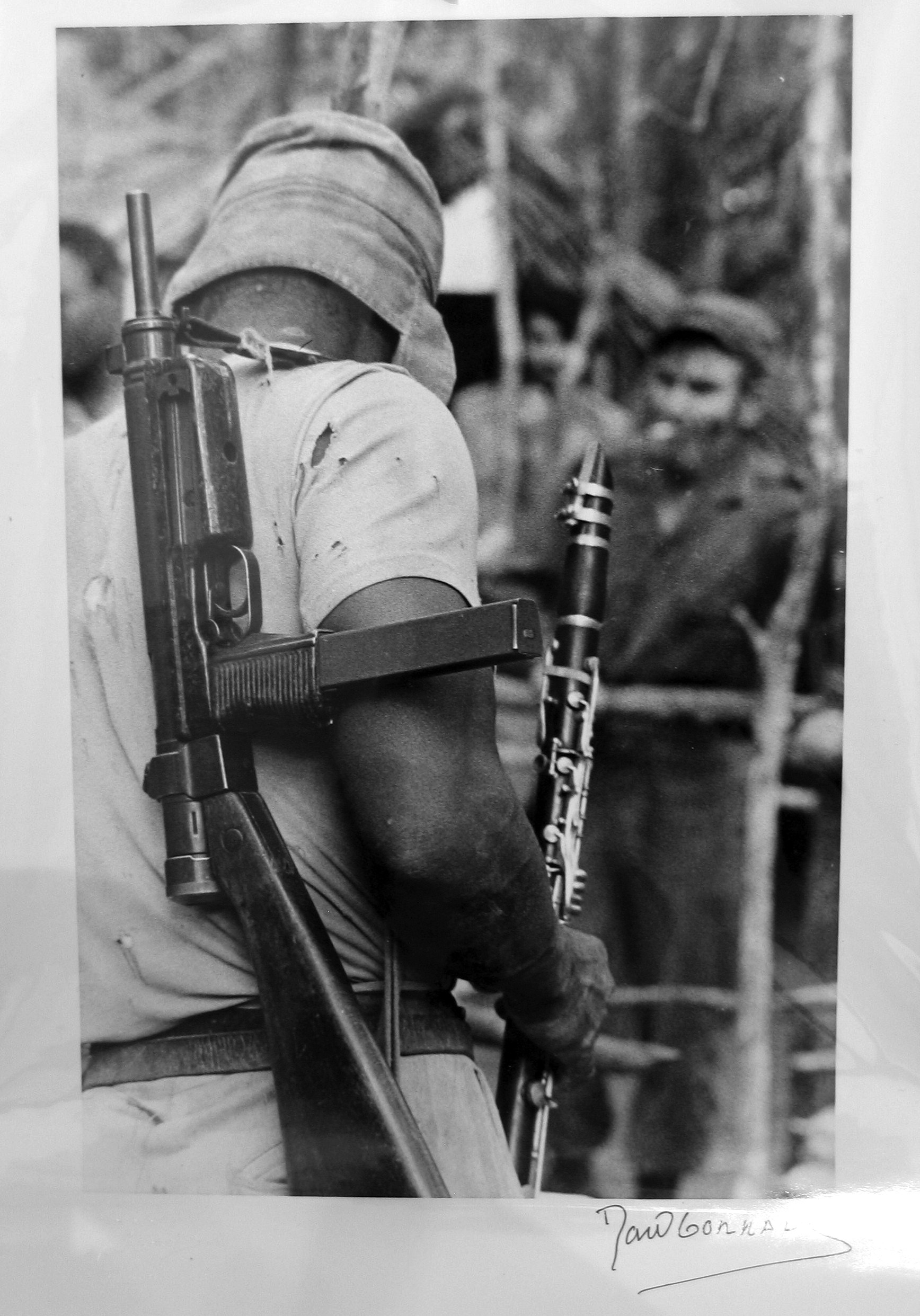
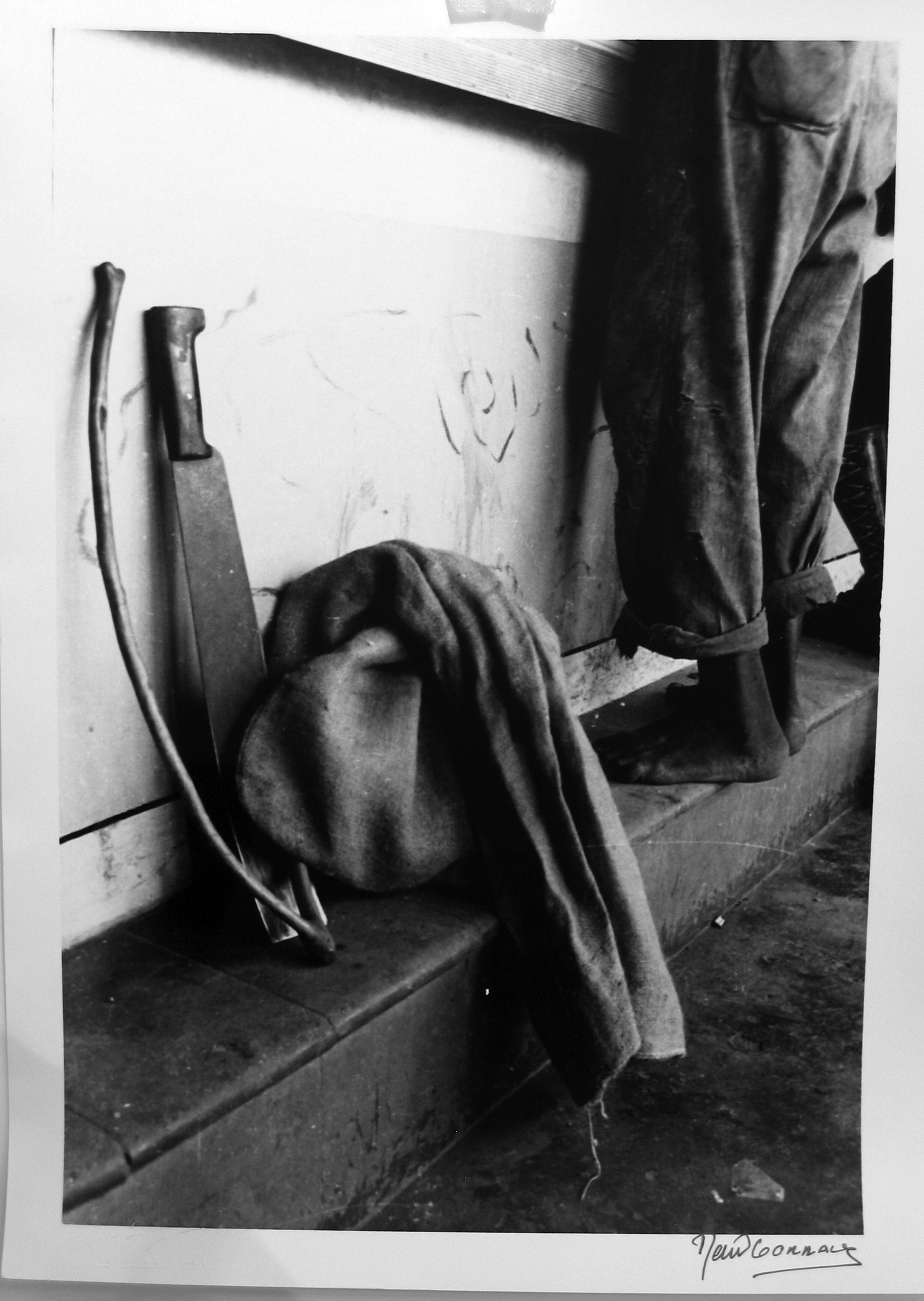
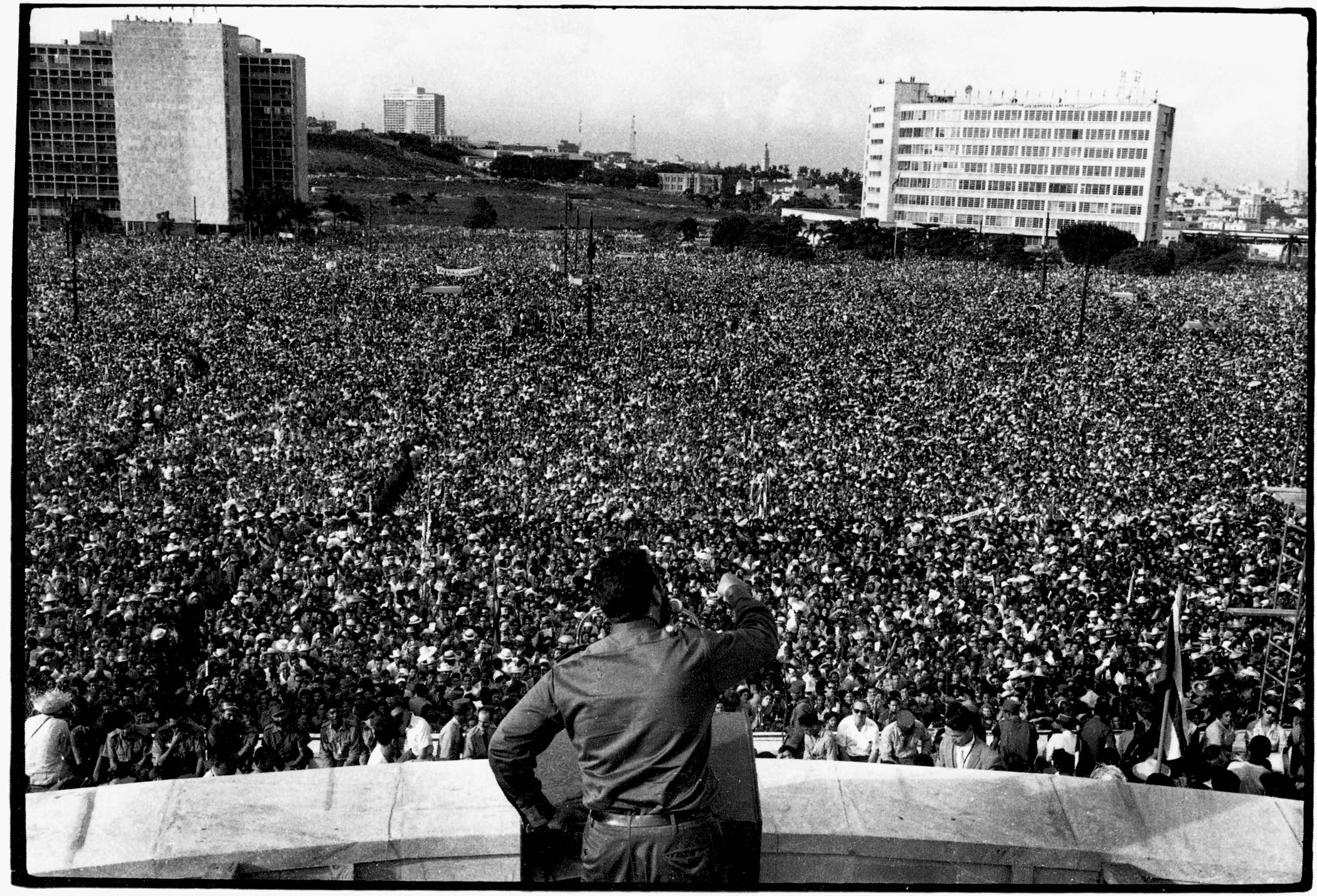
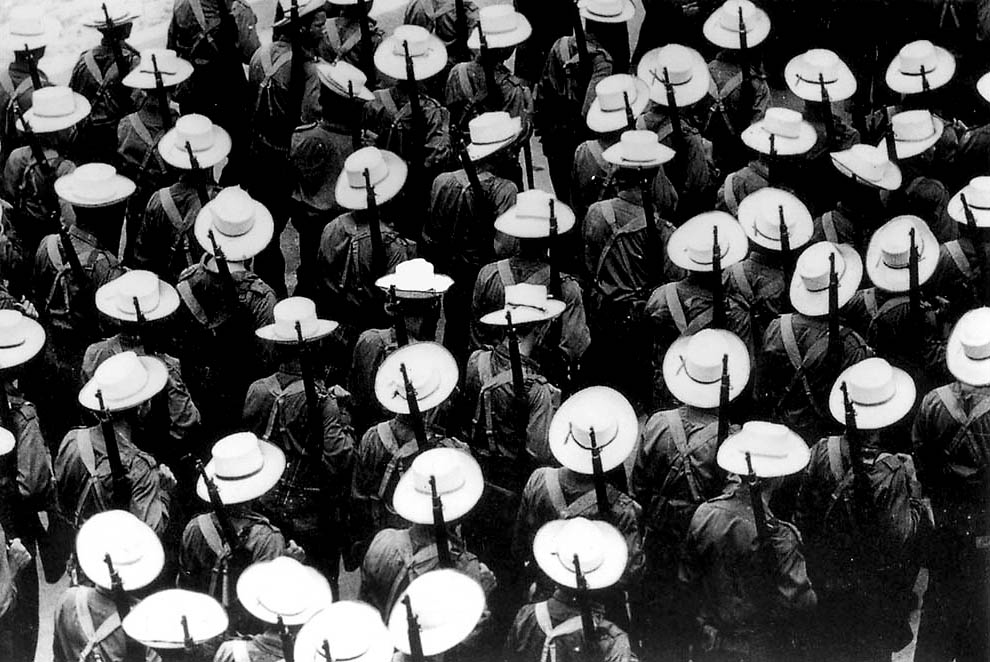
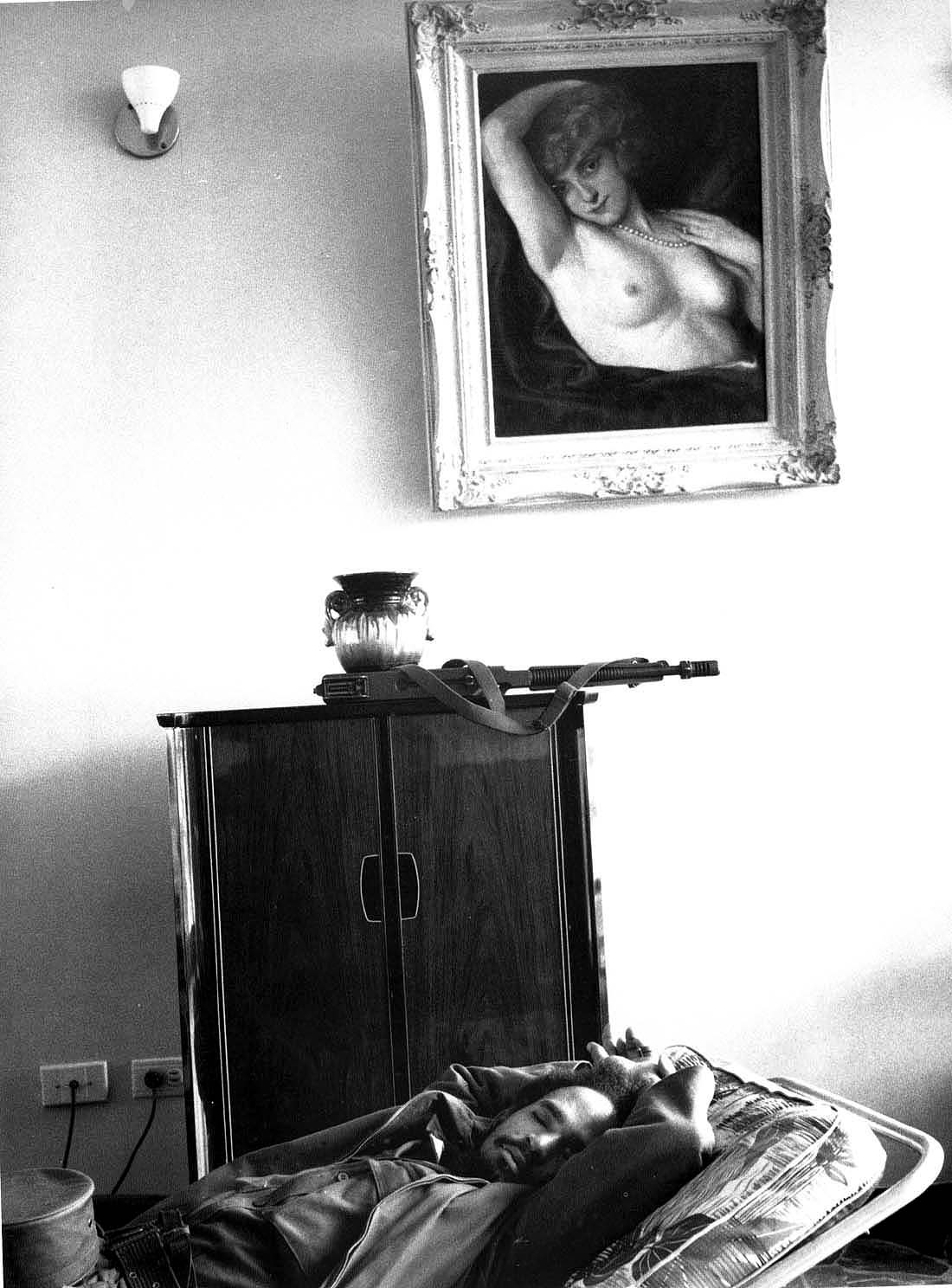
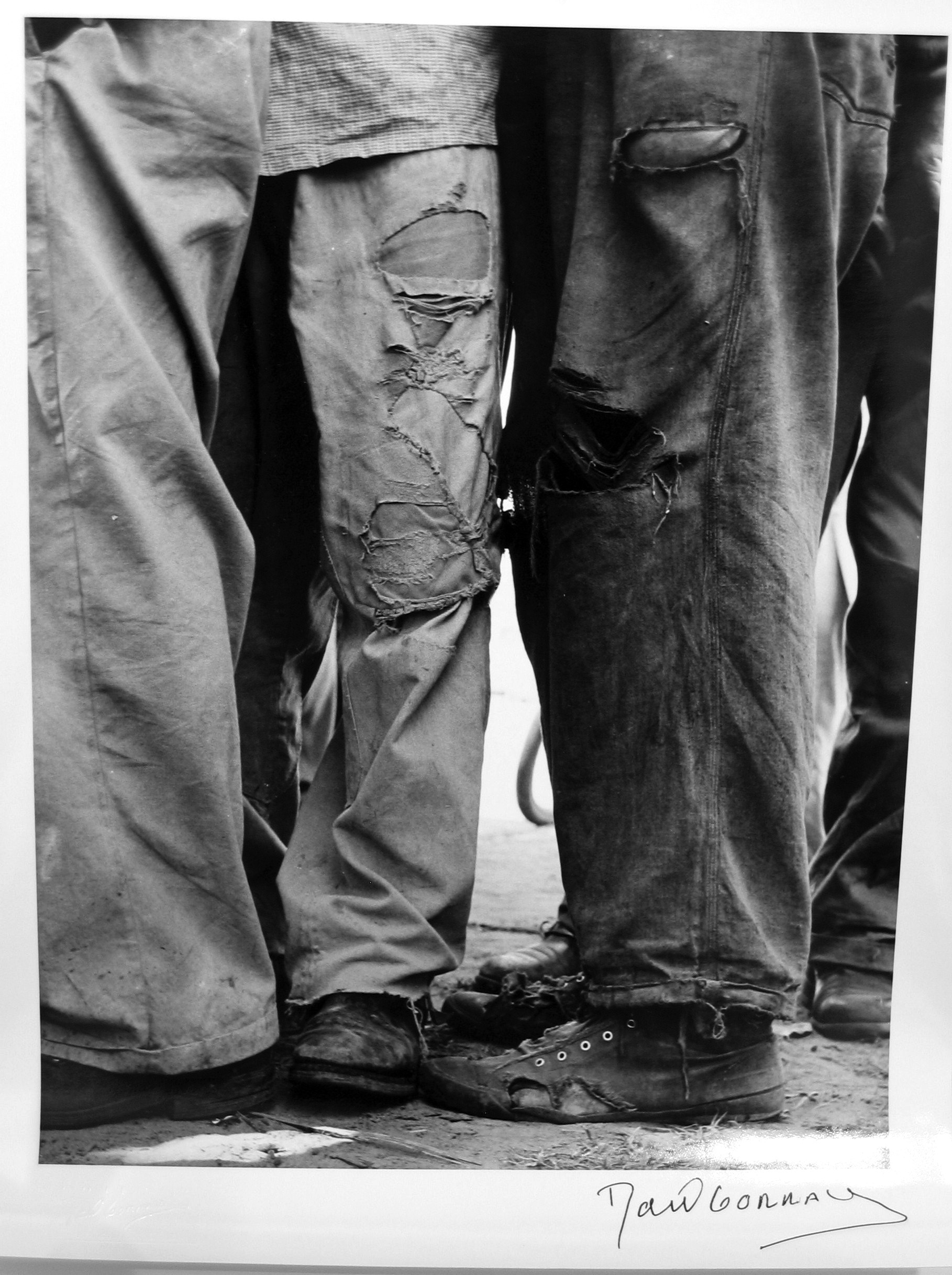

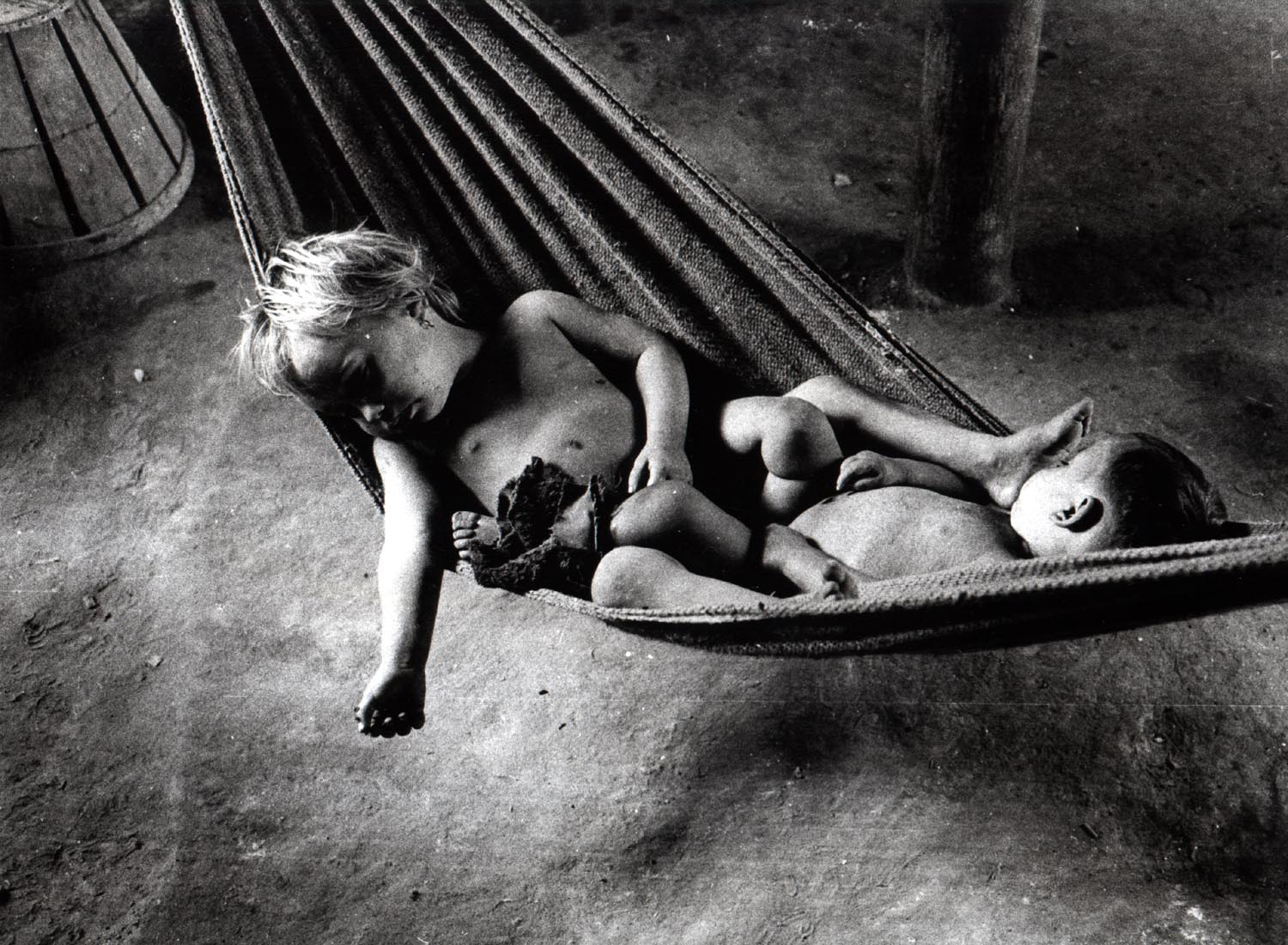
The Cuban Revolution of 1959 was one of the most spectacular political events of the twentieth century. A dramatic chapter in the Cold War, the improbable overthrow of the dictator Fulgenico Batista by a ragtag band of young Communist guerillas and intellectuals occurred just ninety miles from the United States. Tracing the movement from the triumphal entry of the rebels into Havana on January 1, 1959, to the abortive Bay of Pigs invasion in 1961 and the Cuban Missile Crisis of October 1962, these images show the tremendous influence of photography in recording and encouraging the revolutionary movement in Cuba. Among the most outstanding works in our collection of rare vintage prints are Alberto Korda's famous portrait of Che Guevara titled "Heroic Guerrilla" and never-before-seen images of Che's death in Bolivia in 1967. Our inventory features work from over thirty photographers, including important images of pre-Revolutionary Cuba in the 1950s by Constantino Arias as well as classic images by Henri Cartier-Bresson, Raúl Corrales, and Burt Glinn, among others. Cuba in Revolutionexplores everyday life in Cuba before and after the Revolution and considers the ways in which both Cuban and foreign photojournalists helped construct the image of the revolution abroad.
Collection : Sold as set or individually
Raul Corrales
Born in Ciego de Avila, Cuba in 1925, Raúl Corrales moved to Havana as a young boy where he began to develop his passion for photography. Emerging from roots in the harsher landscape of Cuba, Corrales trained himself, later taking on the role of photojournalist as a street photographer with an interest in searching for images that divulged the humanity of his subjects, offering a new perspective used to document the political transition from one regime to another. Along with other revolutionary photographers of his time, Corrales took on a central role in the creation of political journals and magazines such as Revolución, INRA, as well as Cuba and Cuba Internacional, publications similar to that of the U.S.’s Life. From 1959 to 1961, Corrales took on the role of official photographer to Fidel Castro, emerging as one of the artists in the forefront of Cuban photography of the time, aiding in the creation of a definitive body of work that became the face of the Revolution to the outside world, recording the look, feel, and ideals of the Revolution through its in-depth focus on its leaders. His photographs were among those of a group branded as models of Cuban photography, establishing a base from which all other images produced in Cuba have since been measured. Corrales contributed some of the most personal images of the Revolution and its leaders, photographing from the view point of a participant with an awareness that accommodates the intimate, heroic, tragic, and ironic sides of his subjects, later saying about his work, “I look and I see.”
In 1959 and 1996, Raúl Corrales was awarded the Premilo Nacional des Artes Plasicas, one of the most prestigious Cuban awards for artists. His work has been featured in several solo and group exhibitions in Europe, Latin America, and the United States, and remains in the permanent collections of many museums worldwide, including those in the United States, Cuba, Italy, and Mexico. Coined as one of the most monumental photographers of the Cuban Revolution and of his time, Corrales passed away in April 2006.
Hemingway’s fishing muse in Havana de Cuba, who inspired the acclaimed novel The Old Man and the Sea.

















